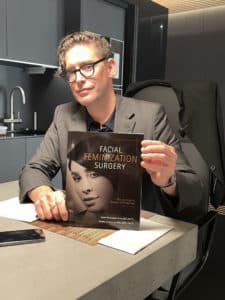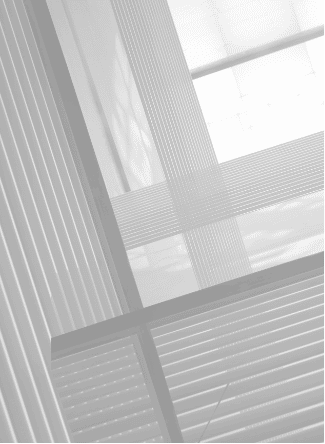What Is a Bi-maxillary Osteotomy?
Often corrective jaw surgery is performed on one jaw at a time. But when the upper and lower jaws are both operated on simultaneously, it is called “double jaw surgery”, two jaw surgery, or bi-maxillary osteotomy. Double jaw surgery may also involve a maxillomandibular advancement – moving the upper jaw (maxilla) and the lower jaw (mandible) forward.

What Are “Degrees of Freedom” in Orthognathic Surgery?
Often your surgeon will talk about “degrees of freedom” within jaw surgery. This refers to defining the directions in which the jaw can be moved into new, more beneficial positions.

The wait is over! Dr. Deschamps-Braly’s new book “Facial Feminization Surgery: The Journey to Gender Affirmation” is back and available now. This second edition covers the advances in facial feminization as well as helpful patient stories and is a great resource for FFS patients and their loved ones.
LEARN MOREWith double jaw surgery, we have the most “degrees of freedom”: increased creative freedom to shape the face and move the jaws – giving the patient the best chance for a favorable outcome.
For example, when we perform lower jaw surgery only, we use the upper jaw as a template for how the jaws fit together. Similarly with the upper jaw, the only degree of freedom is what the orthodontist has previously set up for the lower jaw.
However, with double jaw surgery, we have all possible degrees of freedom including vertical facial height which may also be altered if necessary.



